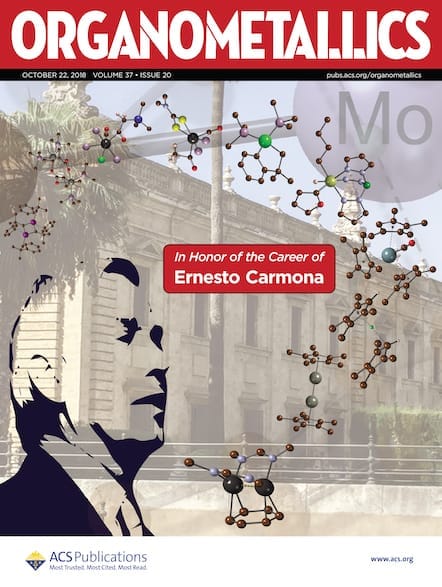Methane and carbon dioxide are two classic C1 molecules that are abundant on Earth and whose global life cycles are intertwined. Methane sourced from natural gas and other means is widely used as a fuel and industrial chemical feedstock. Carbon dioxide, by contrast, is limited more to its role as a carbon source for plant […]

Methane and carbon dioxide are two classic C1 molecules that are abundant on Earth and whose global life cycles are intertwined. Methane sourced from natural gas and other means is widely used as a fuel and industrial chemical feedstock. Carbon dioxide, by contrast, is limited more to its role as a carbon source for plant life. Both compounds are known pollutants, in particular from burning fossil fuels and during agricultural production, with climate change as an environmental concern. Scientists and engineers have long been fascinated by the idea of utilizing waste CO2, not just to combat climate change, but to synthesize useful chemicals, including formate, carbon monoxide, acrylates, methanol, carbonates, and more.
The Editorial Team at Organometallics produced a Special Issue highlighting the many ways organometallic chemistry can help solve challenges in converting CO2 to various value-added products. The research presented in the Special Issue involves activation of CO2 with 15 different metals, including the transition-metals titanium, manganese, iron, cobalt, nickel, copper, ruthenium, rhodium, rhenium, platinum, and iridium; the actinide uranium; and the main-group metals cesium, magnesium, and aluminum. See the figure for a selection of metal complexes featured in the Special Issue.

“One may think, there are many roads to Rome; however, an important point is that the various metals have distinct strengths in terms of selectivity and activity for chemical CO2 utilization. The behavior of these different metals in CO2 conversion can further be modulated through introduction of different ligands,” write Nilay Hazari, Nobuharu Iwasawa, and Kathrin Hopmann in the Special Issue’s introductory editorial.
